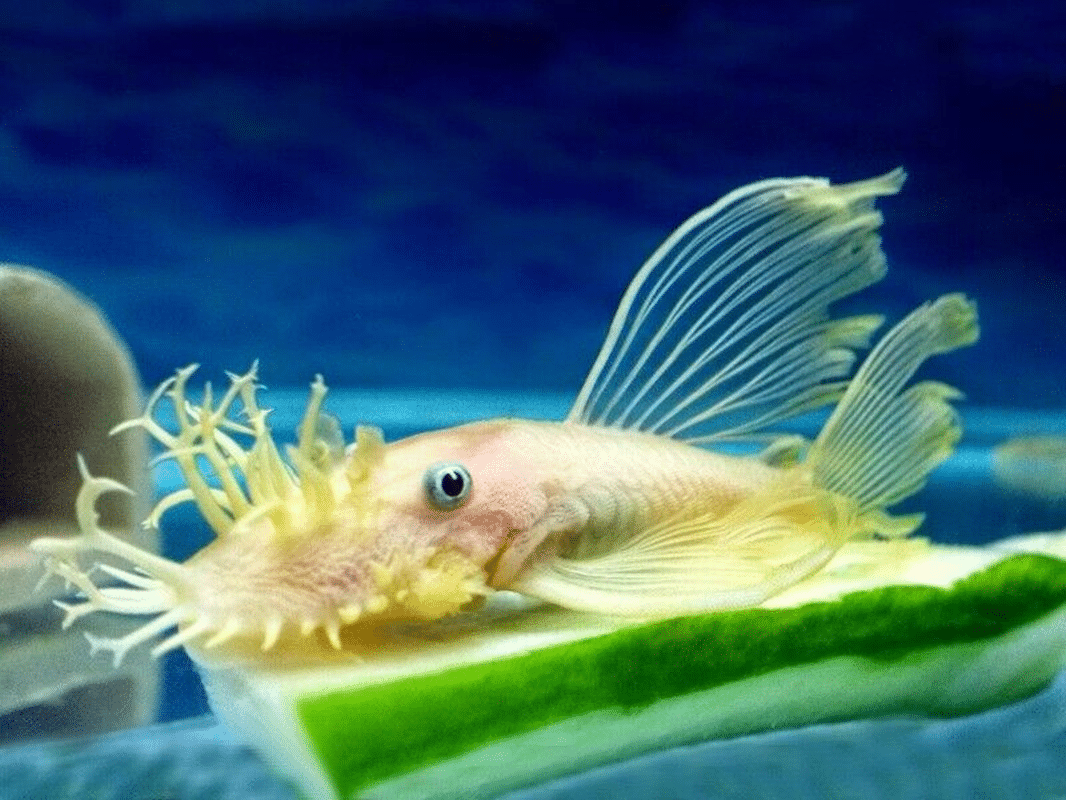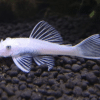To provide the best experiences, we use technologies like cookies to store and/or access device information. Consenting to these technologies will allow us to process data such as browsing behaviour or unique IDs on this site. Not consenting or withdrawing consent, may adversely affect certain features and functions.
The technical storage or access is strictly necessary for the legitimate purpose of enabling the use of a specific service explicitly requested by the subscriber or user, or for the sole purpose of carrying out the transmission of a communication over an electronic communications network.
The technical storage or access is necessary for the legitimate purpose of storing preferences that are not requested by the subscriber or user.
The technical storage or access that is used exclusively for statistical purposes.
The technical storage or access that is used exclusively for anonymous statistical purposes. Without a subpoena, voluntary compliance on the part of your Internet Service Provider, or additional records from a third party, information stored or retrieved for this purpose alone cannot usually be used to identify you.
The technical storage or access is required to create user profiles to send advertising, or to track the user on a website or across several websites for similar marketing purposes.
Red Devil Vampire Crab - Geosesarma Hagen - Decapod Crustacean 2 × £8.71



 Red Devil Vampire Crab - Geosesarma Hagen - Decapod Crustacean
Red Devil Vampire Crab - Geosesarma Hagen - Decapod Crustacean 












Emily Richards (verified owner) –
I recently added the Long Fin Blue Eye Lemon Bristlenose Pleco to my 55-gallon planted tank, and I couldn’t be more thrilled! After about two weeks, this little guy has made himself at home, darting around with joy and showing off his vibrant colors. He’s perfect for keeping my tank clean, as he diligently munches on algae while also enjoying the occasional zucchini slice I provide. The long fins are not just beautiful; they give him a graceful presence that truly enhances the tank’s aesthetics.
In terms of care, I appreciate that this bristlenose pleco is relatively easy to maintain, especially for fellow aquarists looking for a hardy aquarium catfish. Compared to some of my previous plecos, he’s much more personable and interactive, which I adore. My only minor concern is that he does love hiding, so make sure to provide plenty of caves and driftwood!
Overall, I highly recommend the Long Fin Blue Eye Lemon Bristlenose Pleco for anyone looking to add a charming and useful member to their aquatic family. He’s been a delightful addition, and I can’t wait to see how he grows over time!